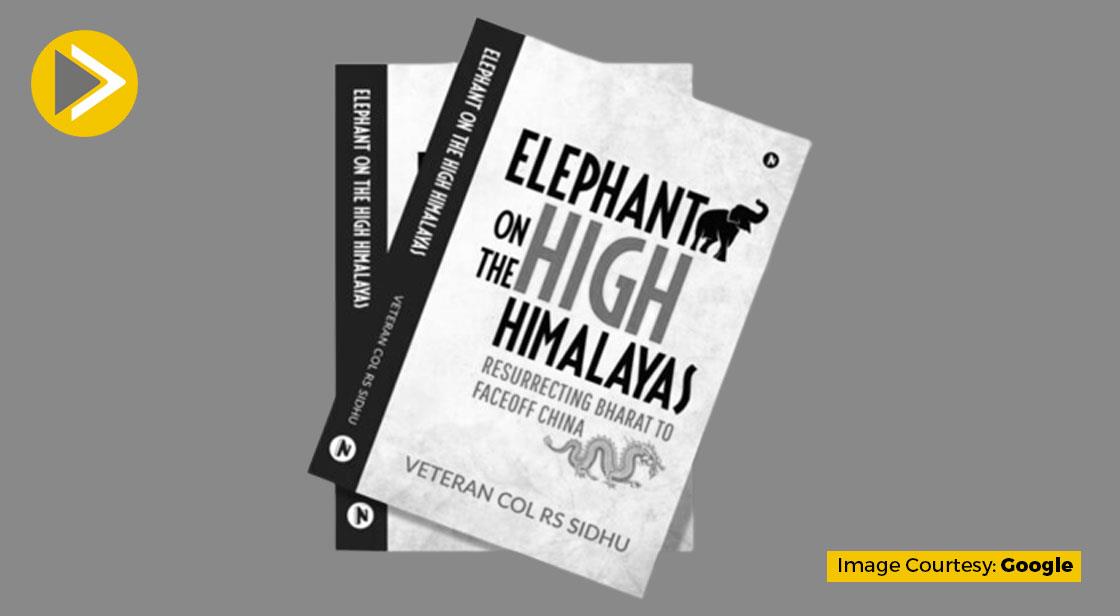Elephant On The High Himalayas: A Book Review

News Synopsis
Latest Updated on 07 February 2023
The book is about the Chinese and Indian forces fighting at Galwan Heights in May–June of 20. Both the Chinese and Indian sides suffered a significant number of losses, including Indian Army Commander Col. Santosh Babu and possibly one of the Chinese leaders as well. The book details the history of hostilities between China and India starting in the late 1940s and early 1950s, as well as the eventual annexation of Tibet.
When the author explains how China is building an alternative global infrastructure through the State, the book shows that the author has done extensive research. In order to achieve this goal, it has established international firms that participate in price fixing, currency manipulation, and coercive use of state control while investing through Proxy Companies to acquire controlling shares in international Enterprises and Businesses.
Without using military lingo, the book is written in plain English. The book's chapters and paragraphs continue to flow and smoothly, and the ideas flow naturally.
The book is quite pertinent because it was written after the Galwan incursions. There have been nearly 16 rounds of talks with the Chinese Military Leadership over the line of control conflict, which has continued into the third winter. It serves as a type of 2030 vision paper that makes suggestions for how India may eventually eliminate the Chinese threat. The target audience comprises bureaucrats, diplomats, military people, scholars of international relations, and Chinese studies students.
A new level of understanding is offered by the section "Strategic Dilemmas of China: Maritime Vulnerability" on page 214. In the book methods for compromising China's energy security during hostilities are described and the Wakhan corridor is highlighted as a potential access point.
In total the author has packed a gold mine of information on the past, present, and future while imagining a resurgent India.
Last Updated on 08 October 2021
The Sino-Indian conflict erupted in the late 1940s when China won independence and claimed Tibet and Indian territories. Following the 1962 conflict and subsequent action at Nathu La, Sikkim in 1967, the CCP/PLA has been admonished not to participate in kinetic engagements that may not aid them in achieving their military objectives.
By pouring capital and technology, China is covertly supporting transnational corporations such as Huawei, Alibaba, Tencent, ZTE, and others. China intends to encircle India by capturing Nepal, Bhutan, Myanmar, Sri Lanka, Pakistan, and Afghanistan, as well as opposing it at the Line of Actual Control. Following the United States' retreat from a two-decade war on terror in Afghanistan, many countries in the region are discreetly stepping in to fill the void by holding talks with the Taliban. The author has concentrated on China's energy demands via various routes, including another alternative across Afghanistan's Wakhan corridor to Iran. "The mailed fist behind the folded palms ensures the tranquillity required for effective trade and commerce." The author's in-depth research and analysis are required reading for students, military and bureaucracy officials, and, of course, political leaders who want to think outside the box when it comes to taming the Dragon at our door.
You May Like









